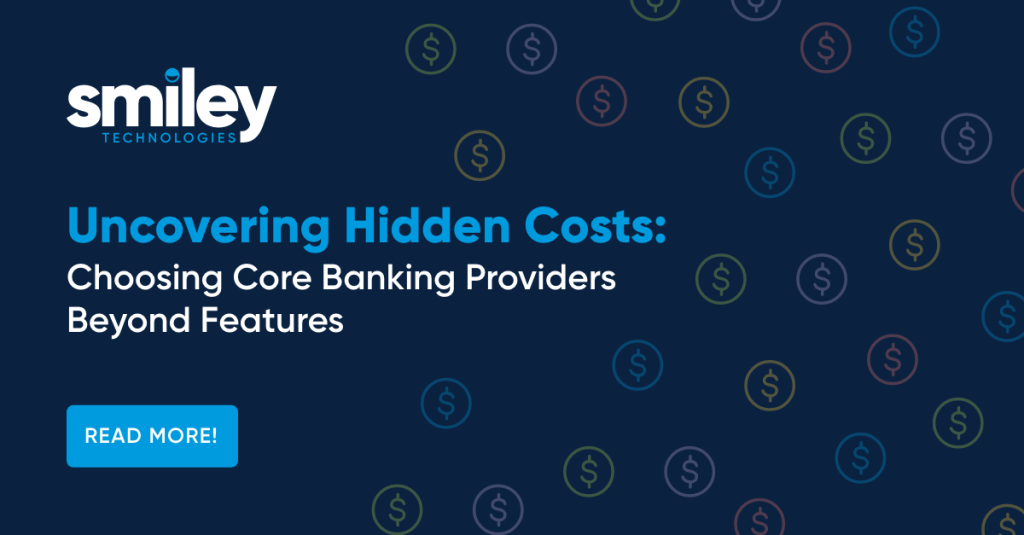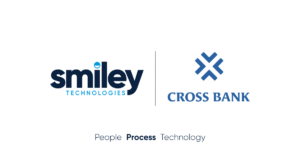In today’s dynamic banking landscape, where customer expectations are constantly evolving, the choice of a core banking provider is a pivotal decision for financial institutions. The core system serves as the backbone of your operations, impacting everything from customer service to your institution’s bottom line. However, when evaluating core banking vendors, it’s crucial to remember that not all providers are created equal. It’s never an apples-to-apples comparison so details such as support structure, pricing, and development timelines, should be carefully examined.
The Hidden Costs of Underutilized Software
As the banking industry embraces digital transformation, the demand for cutting-edge software solutions is greater than ever. Yet, a surprising trend has emerged: organizations will overspend $750 million on unused IT software features this year alone, according to CIO Magazine, citing analyst firm Gartner. Another report by SaaS management platform Zylo found that companies waste more than $17 million on unused or redundant software applications each year.
But it’s not just in the broader IT landscape that this waste exists. There are specific costs related to underutilized core banking software and financial institutions should be aware that while some of these costs are hidden, they can quickly add up.
- Licensing Fees: Core banking software licenses can be expensive, and financial institutions often pay for user licenses or features that are not fully utilized. This represents a direct cost associated with underutilization.
- Missed Revenue Opportunities: Underutilizing solutions for cross-selling and upselling financial products can result in missed opportunities to generate revenue through these features.
- Increased Operational Costs: Inefficient use of core banking software can lead to manual workarounds and increased operational costs.
- Maintenance and Support: Financial institutions typically pay maintenance and support fees for their core banking software. If the software is not fully utilized, these fees may not be justified.
- Compliance Costs: Non-compliance with regulatory requirements due to underutilized features can lead to fines and legal costs. Core banking systems often include features for compliance reporting and monitoring that, when unused, can result in compliance risks.
- Training Expenses: If employees are not trained to use all aspects of the core banking software, additional training costs may be required to ensure effective utilization. Some vendors even charge for training videos.
- Customer Service and Satisfaction: Underutilization can affect the quality of service provided to customers. This can result in customer dissatisfaction and potentially lead to customer attrition, which has its own associated costs.
- Data Management Costs: Core banking systems often have tools for data analytics and reporting. When these tools are underutilized, financial institutions may miss opportunities for data-driven decision-making, potentially impacting the institution’s competitiveness and bottom line.
- Security Risks: Incomplete use of security features within the core banking software can leave the institution vulnerable to cybersecurity threats, potentially resulting in data breaches and associated costs.
- Scalability Challenges: As the institution grows, underutilized core banking software may struggle to scale efficiently, requiring additional investments in system upgrades or replacements.
Choose Wisely: Your Core Banking Partner Matters
Banks often underestimate the long-term impact of their core provider choice and sometimes fall for unnecessary bells and whistles that either aren’t appropriate for their institution, or cost more than they provide any real value. Each core provider brings its unique strengths and weaknesses to the table. To make an informed decision, banking executives must look beyond the surface and consider several crucial dimensions:
- Support Structure – Beyond the bells and whistles of software features, a responsive and dedicated support structure is the unsung hero of your core banking ecosystem. When issues arise or questions need answers, having a reliable support team can mean the difference between seamless operations and costly disruptions. Ensure your provider offers a responsive support structure, including live customer service representatives who can assist during business hours. It’s a simple but critical factor that can save your institution time, money, and headaches down the road.
- Pricing That Fits Your Strategy – While the initial cost of a core banking system is a significant consideration, it’s essential to look beyond the price tag. Different vendors offer various pricing models, including licensing fees, maintenance costs, and potential add-on expenses. It’s not uncommon for some providers to portray cost savings that may not be genuine savings in the long run. What’s the total cost of ownership? Some providers may offer a basic package with add-on features for an extra cost. While this can provide flexibility, it’s crucial to evaluate which add-ons your institution genuinely needs and whether these costs align with your growth and profitability strategy.
- Development Timelines – In a rapidly changing financial landscape, adaptability is key. Consider the development timelines of your core banking provider. Are they agile enough to respond to industry trends and regulatory changes promptly? Frequent updates and enhancements ensure your institution remains competitive and compliant. The ability to quickly adopt new technologies and features can be a game-changer.
In the world of core banking solutions, one size does not fit all. Having a core partner that understands your institution’s unique needs and growth trajectory can be the differentiator that propels your bank to new heights of excellence. Please let me know if you have any questions or would like to speak more about this. Happy New Year!





